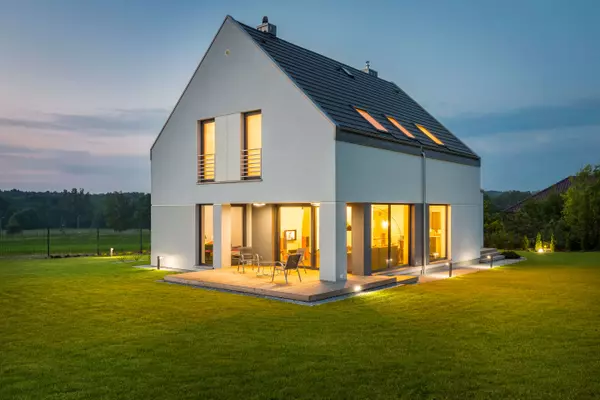Opinion: Students, College Area will benefit greatly from added housing
In 2020, San Diego State University’s basic needs survey found that 31.7% of students reported their housing was unstable, on a campus with about 35,000 students and 10,000 employees but only 8,000 beds on campus, next to the College Area with about 8,000 homes. There is a clear need for more housing in the College Area.
Over the years, the College Area has had a new trolley station open on campus and a new rapid bus on El Cajon to support students. Yet the city largely kept the College Area frozen at 1989 density limits while SDSU enrollment surged and achieved Research 1 status (only 187 universities nationwide have it). Even with ambitious dorm construction, SDSU will still only have 12,000 beds on campus, meaning nearly three-quarters of students at projected enrollment need off-campus housing.
So that means over 30,000 students scatter, competing with teachers and hospital workers for apartments, driving up rents in La Mesa and North Park, pushing everyone farther out. Personally, I drove from my house to SDSU to get to class, generating hundreds of vehicle miles traveled per year. When my car broke down, I used the bus along with other students who use it every day as their primary means to get to school. SDSU’s own climate action plan found student commuting creates nearly a third of campus pollution, because the current zoning rules force students away from the campus.
The proposed update is modest: taller apartments near the Transit Center, mid-rises along the bus corridor where hundreds of businesses need foot traffic. The plan leaves fire-risk areas unchanged. A large amount of the community will stay single-family. More apartments near the transit center allows for more people to live near and commute using transit to job-dense areas in the city such as downtown and University City.
For the surrounding community, the new housing generates billions for parks, fire stations and schools without raising taxes, as apartments produce dramatically more revenue per acre than low-slung developments. It’s new revenue without asking anyone currently living in the College Area to pay a dime more.
It also delivers actual climate action. A student who can live in the College Area and walks or takes transit to campus produces far less pollution. That same student driving from Santee generates thousands of vehicle miles yearly.
And it creates affordability. When new apartments open, people move from overcrowded houses, freeing homes. In SDSU’s case, students move from La Mesa or City Heights closer to campus, freeing apartments and homes for non-student renters. This is how more housing helps everyone.
The housing shortage extends beyond students. Research 1 status requires sustained research expenditures and doctoral program expansion, which means recruiting competitive faculty. Yet San Diego’s median home price combined with limited housing near campus makes recruitment increasingly difficult. When junior faculty and postdoctoral researchers can’t afford to live within reasonable distance of campus, the university’s research mission suffers. The College Area is also home to UCSD Campus Medical Center; these workers also compete for the limited pool of housing. The neighborhood’s current cap was established in 1989 when these institutions were much smaller or didn’t exist. It bears no relationship to today’s reality of a major research university targeting 50,000 enrollment and a major health facility.
The College Area isn’t being asked to absorb growth for citywide benefit. Every fall semester, over 40,000 students arrive at SDSU regardless of the neighborhood’s zoning. They’re coming either way. The only question is whether they live near campus, or whether they drive from afar, generating pollution, clogging parking and bidding up rents. Current zoning doesn’t prevent SDSU’s growth. It just ensures the problems land everywhere except where the infrastructure exists to handle them.
Students and recent graduates aren’t asking for luxury. They are asking to live near the school where they studied, in a neighborhood where the city had already spent $147 million building rapid bus lines and trolley stops to support exactly that. Sadly, some who graduate will leave with their talents to work in a different city because they couldn’t afford San Diego.
What haunts me is the generational injustice of telling an entire generation: the rules allowed for my home to be built, but they won’t for you. The City Council votes on this soon. We can change the rules, or watch another generation calculate whether San Diego actually wants them here.
Ricketts graduated from San Diego State University in the class of 2025 and lives in San Diego.
Categories
Recent Posts










GET MORE INFORMATION


